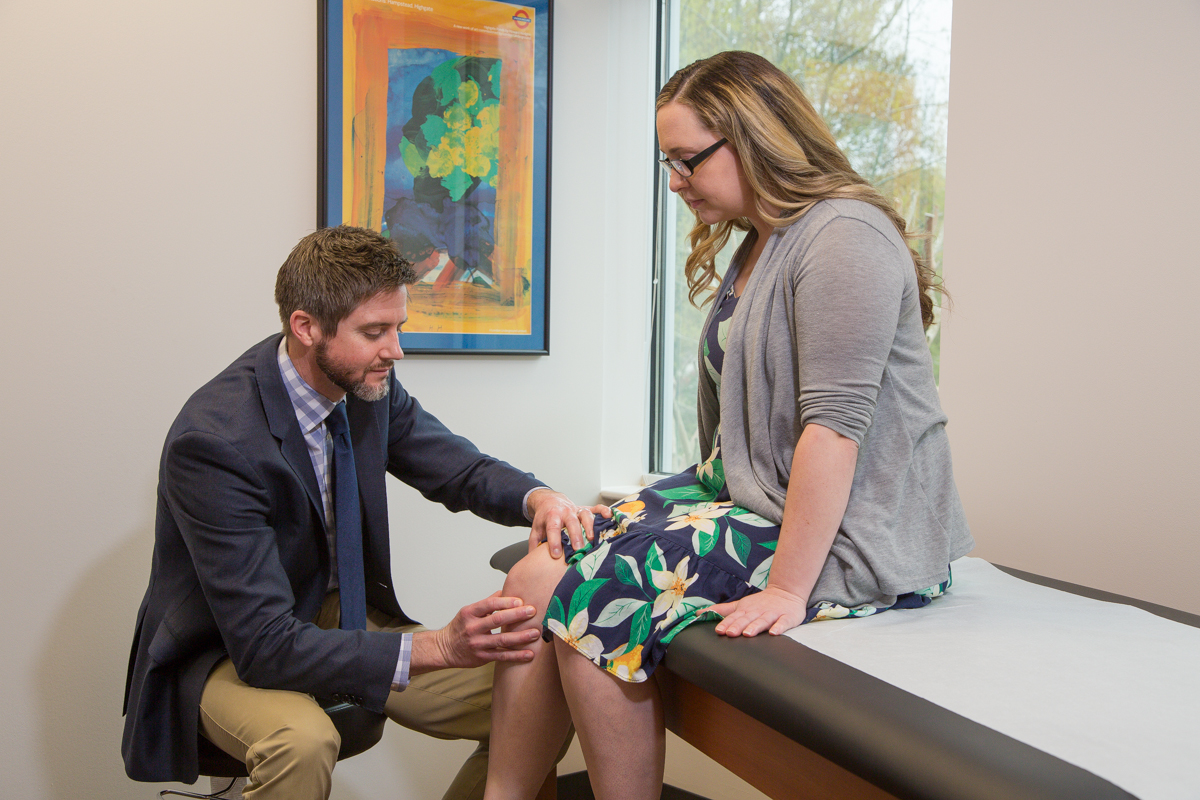
How do I know if I’m Ready for a Knee Replacement?
Joseph S. Gondusky, MD
The first knee replacement surgery was first performed in 1968!
In the last few decades, major improvements in surgical materials and techniques have greatly increased its success rates. Total knee replacement, also known as total knee arthroplasty, is the only permanent solution for knee arthritis. It is the most common major surgical intervention in all of medicine. The procedure is most often performed for osteoarthritis, but rheumatoid arthritis is another less common cause of joint degeneration.
Ultimately, a knee replacement is an elective procedure, so the choice to have it done lies solely with the patient. A medical provider can and will provide their advice, but the patient will make the decision to schedule the surgery. So, what is the magic formula to know if you are ready? There are several factors to weigh that can help you make the choice.
- Have you tried all the recommended non-surgical options that you are willing to try or that your insurance requires? If these are no longer reducing your pain and inflammation, you might be ready. Non-surgical options include:
- Oral Medications - Over-the-counter options include acetaminophen as well as nonsteroidal anti-inflammatory drugs (NSAIDs) such as ibuprofen or naproxen. NSAIDs fight inflammation.
- Medications injected into the joint - Corticosteroid injections, also called cortisone shots, fight inflammation and can offer fast pain relief that may last up to several months. Injections of hyaluronic acid (“gel injections” or visco-supplementation) can sometimes help. Injections like platelet rich plasma (PRP) and stem cells are really investigational at this point, and there is little to no evidence for their efficacy in the treatment of joint arthritis.
- Exercise and physical therapy - Exercise strengthens the muscles that support your knee, but these exercises need to be low impact in order to avoid knee inflammation. A physical therapist can help you identify which activities are good and which may cause more pain.
- Weight loss - Every pound you gain puts an extra 3 -6 pounds of pressure on your knees. If you eventually need knee replacement surgery, your chances of success are much greater if you first lose extra weight.
- Does your knee pain limit you from participating in activities that you enjoy? Or do you have a lot of difficulty and pain performing everyday tasks, such dressing, bathing, getting out of bed or a chair, or climbing stairs?
- Do you need the aid of a cane or walker to get around?
- Is your pain severe day and night? Does it disrupt your sleep? Is the pain present even when you’re not using your knee, such as when you’re sitting still or lying down?
- Has your knee has become deformed from injury or arthritis? Does it bow in or out?
Now that we have highlighted reasons that you might be ready for it, here are a few reasons knee replacement might not be right for you at this time:
- Your pain is bearable, and medications/injections/physical therapy are helping.
- You can still get around and do your normal activities without much difficulty.
- You are only limited from performing high impact activities such as running or skiing.
No matter where you are in this process, I recommend establishing a relationship with an orthopedic surgeon who you trust. Have open and honest communication with him or her about how you are feeling and what you think your next steps are. It is always beneficial to look forward: For many people, a very challenging part of the process is the mental and emotional commitment to choose to have the surgery. The earlier you begin to mentally prepare yourself, the better.
----------------------------
Joseph S. Gondusky, MD is a former Navy Commander and a board-certified orthopedic surgeon with subspecialty, fellowship training in hip replacement, total knee replacement, and partial knee replacement. He has extensive training in anterior approach total hip replacement (“jiffy hip”), minimally invasive surgery, computer-assisted surgery, and complex revision joint replacement. As a subspecialist in adult joint replacement, he finds it rewarding to be able to offer a patient in pain a life-changing intervention. He understands the significance of these procedures and ensures that each patient understands their condition and the options available for treatment.
